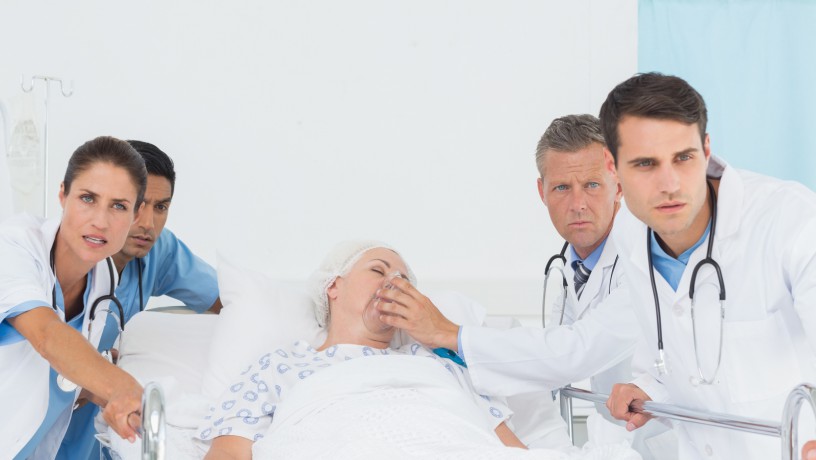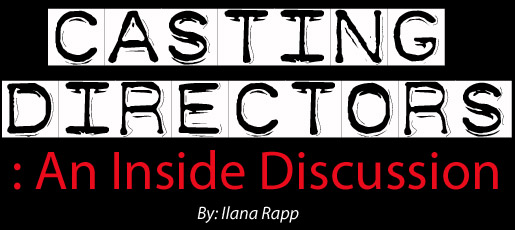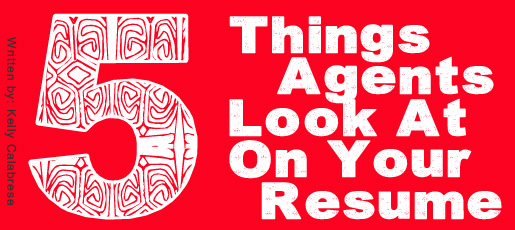In the world of medical education, there’s a unique crossover with the realm of theater. No, medical students aren’t being trained to take up the stage, but actors are stepping into medical classrooms to play a vital role. These actors, known as “standardized patients,” are an integral part of medical simulations, providing an authentic experience for students to learn and practice their skills.
The Concept of Standardized Patients
The primary goal of medical simulations, particularly those utilizing standardized patients, is to bridge the gap between theoretical knowledge and its real-world application. A standardized patient refers to an individual who has undergone specific training to simulate particular symptoms or conditions. These actors play a crucial role in providing a consistent representation of clinical scenarios, ensuring that every student encounters a comparable patient experience and receives an evaluation that remains consistent across the board.
Why Use Actors for Medical Simulations?
At first glance, using actors in medical education might seem like an extravagant choice. Why not just use fellow students or volunteers? The answer lies in the level of realism and consistency that professional actors bring to the table.
Realism: Actors are trained to get into character. When portraying a patient with specific symptoms, they provide a genuine interaction that closely mimics real-life situations. This authenticity is key for students to learn the intricacies of patient communication, diagnosis, and care.
Consistency: To evaluate students fairly, each one should experience a near-identical scenario. Actors, with their meticulous preparation, ensure that every student receives the same patient portrayal, making assessments standardized and just.
Feedback: Many actors involved in these programs provide feedback to students post-interaction. Their perspective, as the ‘patient,’ offers invaluable insights into a student’s bedside manner, communication skills, and diagnostic process.
Benefits of Medical Simulations with Actors
Safe Learning Environment: Medical students can make mistakes without real-world repercussions. An actor won’t suffer from a misdiagnosis, but the error provides a vital learning experience for the student.
Holistic Training: Beyond the hard skills of diagnosis and treatment, interacting with actors teaches students about empathy, communication, and the human side of medicine.
Adaptability: With a roster of actors, medical schools can simulate a vast range of conditions, from the common to the rare, ensuring students are prepared for various scenarios they might encounter in their careers.
For many actors, participating as a standardized patient is not just another gig; it’s a chance to contribute to a greater good. These roles require intensive preparation, understanding the nuances of various medical conditions, and sometimes even undergoing physical changes (like makeup for wounds).
Many actors find the work rewarding. They’re not just reciting lines from a script; they’re actively engaging in dynamic improvisation, adjusting their portrayal based on student responses. Plus, knowing that their performance plays a part in training future doctors adds a layer of purpose to their job.
The collaboration between theater and medicine may appear unconventional, yet it has undeniably revolutionized medical education. This symbiotic partnership not only presents actors with a meaningful purpose and an extraordinary test but also equips aspiring doctors with the self-assurance and aptitude required for success in real-life scenarios. With advancements shaping the future of medical instruction, incorporating actors into this realm serves as a powerful testament to the vital role that interpersonal communication plays amidst an ever-increasing reliance on technology.








